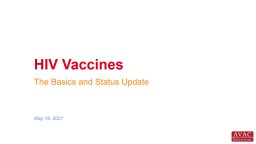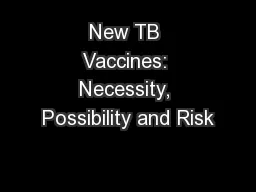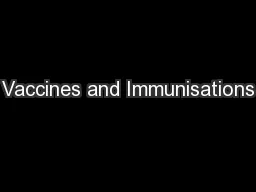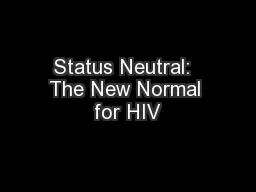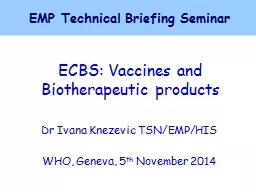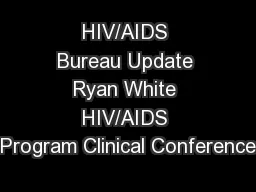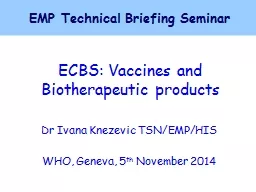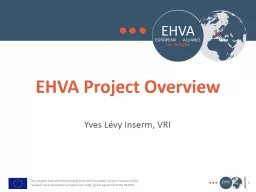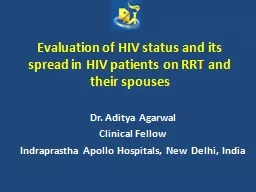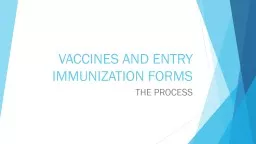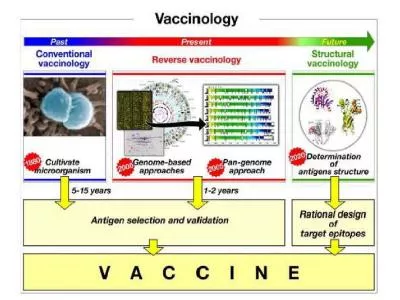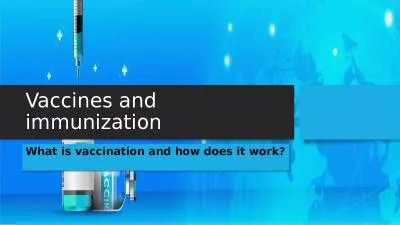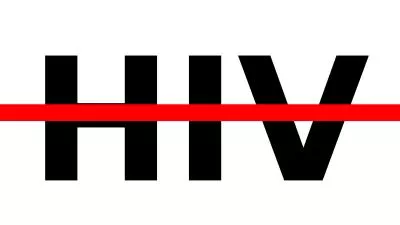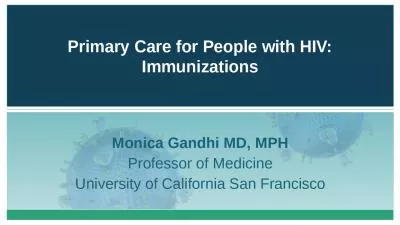PPT-HIV Vaccines The Basics and Status Update
Author : elina | Published Date : 2023-07-19
May 18 2021 Overview What is a vaccine Why we need an HIV vaccine HIV vaccine approaches Immune responses What are the challenges and opportunities for HIV vaccine
Presentation Embed Code
Download Presentation
Download Presentation The PPT/PDF document "HIV Vaccines The Basics and Status Updat..." is the property of its rightful owner. Permission is granted to download and print the materials on this website for personal, non-commercial use only, and to display it on your personal computer provided you do not modify the materials and that you retain all copyright notices contained in the materials. By downloading content from our website, you accept the terms of this agreement.
HIV Vaccines The Basics and Status Update: Transcript
Download Rules Of Document
"HIV Vaccines The Basics and Status Update"The content belongs to its owner. You may download and print it for personal use, without modification, and keep all copyright notices. By downloading, you agree to these terms.
Related Documents

